Are you curious about the different types of meditation and which one might be right for you? While there is no one-size-fits-all answer, exploring the various types of meditation can help you find a practice that resonates with you. With roots in cultures and traditions around the world, from India to Japan to the United States, there are many forms of meditation to explore. Some of the most common types include mindfulness meditation, loving-kindness meditation, transcendental meditation, and Kundalini meditation. Whether you’re new to meditation or an experienced practitioner, trying out different techniques can help you discover the benefits of this powerful practice for your body and mind.
Movie Source: The Fabulous
Classification of types of meditation
- Concentration Meditation
- Mindfulness Meditation
1. Concentration Meditation
In this meditation, the person focuses on breathing, real or imagined image, sound, or phrase that is repeated (mantra), or on specific movements such as tai chi, yoga, chi kung. When you concentrate, worry and anxiety go away and are replaced by a sense of calm.
This relaxation has beneficial effects on the body. In meditation or mantra, you repeat everything that can make you focus, such as a simple word or sound or seeing a yellow flower during meditation to focus on your thoughts and relax. In respiratory meditation, they focus on the process of inhaling and exhaling to help clear the mind.
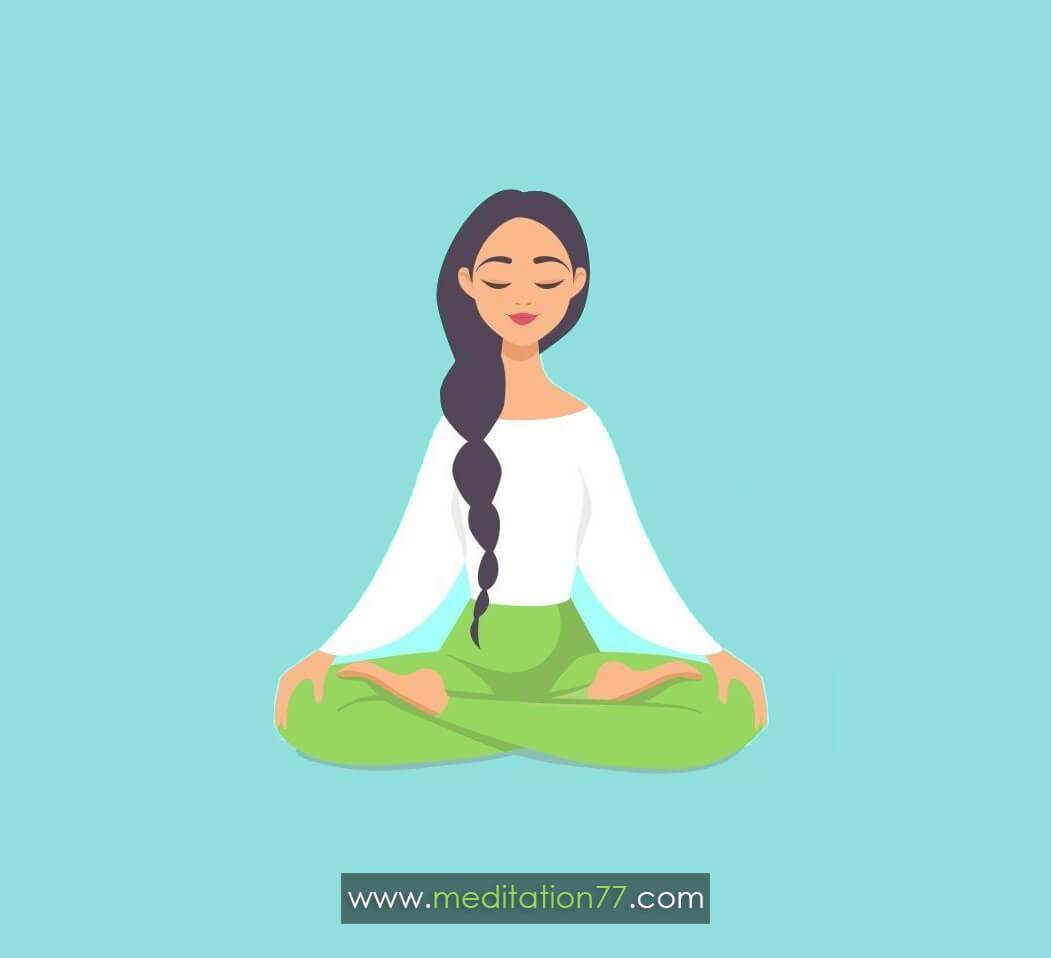
2. Mindfulness Meditation
This type of meditation is associated with increased attention to the senses. In this method, without thinking about the five senses and the disturbing thoughts that come to mind, a person discharges the pressures on the mind and the five senses without performing any specific activity.
You can do this type of meditation anywhere:
People practice different types of meditation, most of which do not require specialized equipment or space. You can practice for a few minutes each day. If you want to start meditating, try to choose a form of meditation based on what your goal is.
To find out more, read How to Meditate.
Types of meditation
There are different types of meditation that you can choose and do one of the models according to your abilities and problems.
We have already described meditation techniques in the Meditation Guide article, and in this article, we will discuss the types of meditation.
Meditation for beginners
If you have never practiced meditation, it is best to start with this method, which is for beginners. Meditation requires practice and repetition, meaning that it is impossible to fully relax and get well by doing it once or twice. Over time, with practice and repetition, you will gradually gain control of your emotions, and you will gain the necessary calm. The method of doing this type of meditation, which is for beginners, is as follows:
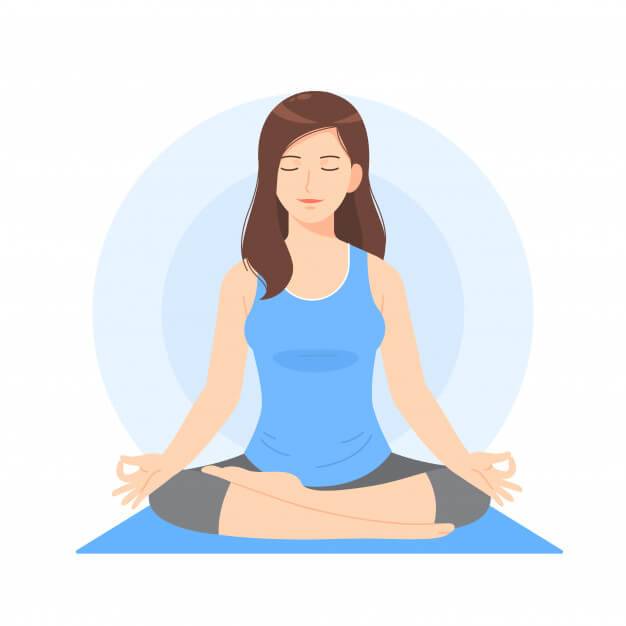
- Sit or lie on the sofa or where you feel comfortable.
- Close your eyes.
- Unconsciously breathe as normal (you do not need to control your breathing)
- Pay attention to your body’s natural movements and reactions and focus on that. See your abdomen and chest move up and down as you normally inhale and exhale, pay attention to how your legs and arms are positioned when sitting or lying down. In general, focus on your body and how you feel when you breathe.
- If you are distracted for some reason, focus on your breathing again. In the early stages, you may be constantly distracted and unable to concentrate well, but know that this is perfectly normal for a beginner. Do not despair. Whenever distracted, try to return to the present moment and start training again.
- In the first days, dedicate three minutes to this exercise. Once you have gradually improved your concentration, increase the time of this exercise.
Zazen Meditation
Zazen is a type of meditation that goes back to the Zen Buddhist school. People who follow this school believe that intuition and relaxation through mental meditation exercises are more important and effective than reading the Bible and performing rituals related to their religion.
Of course, some Buddhists do not accept this kind of thinking. Zazen meditation consists of three elements: the physical position while sitting, the breathing, and the thoughts and feelings of the person during it.
If you practice this type of meditation, you will gradually reach the point where you can focus on your breathing, thoughts, and feelings while sitting. Zazen mental meditation is performed as follows:

- To do this type of meditation, you should be slightly higher than the ground while sitting. You can sit on a folded pillow or sheet.
- Your sitting position should be four knees, of course, your feet should not be on top of each other, but your feet should be on the ground. This is called sitting Burmese Position.
- Place your hands on the thighs of your legs, with the palms facing up. The back of the fingers of one hand should be on the other hand. The tips of both hands should touch.
- Raise your face and release your shoulders at rest.
- Keep your mouth shut and your teeth together. The tongue should also touch the roof of the mouth.
- Inhale and exhale through the nose. All you need to do is focus on your breathing. If you are distracted, refocus on your breathing.
Qigong Meditation
Qigong (pronounced chee-gong) in Chinese means work and inner energy. The combination of these two words means cultivating and nurturing inner energy. Chi Kung meditation is also a type of meditation that is done as follows:


- Sit at rest and keep your back straight.
- Keep all parts of your body free and at rest. The limbs should not be contracted.
- Take long, deep breaths so that your full skepticism goes up and down. Focus on your breathing.
- According to this school in China, the source of human internal energy is located 5 cm below the navel. Focus on that point.
Mindfulness meditation
Mindfulness is more popular than other forms of mindfulness because it does not require a private place to do it. The method of doing mindfulness meditation is as follows:
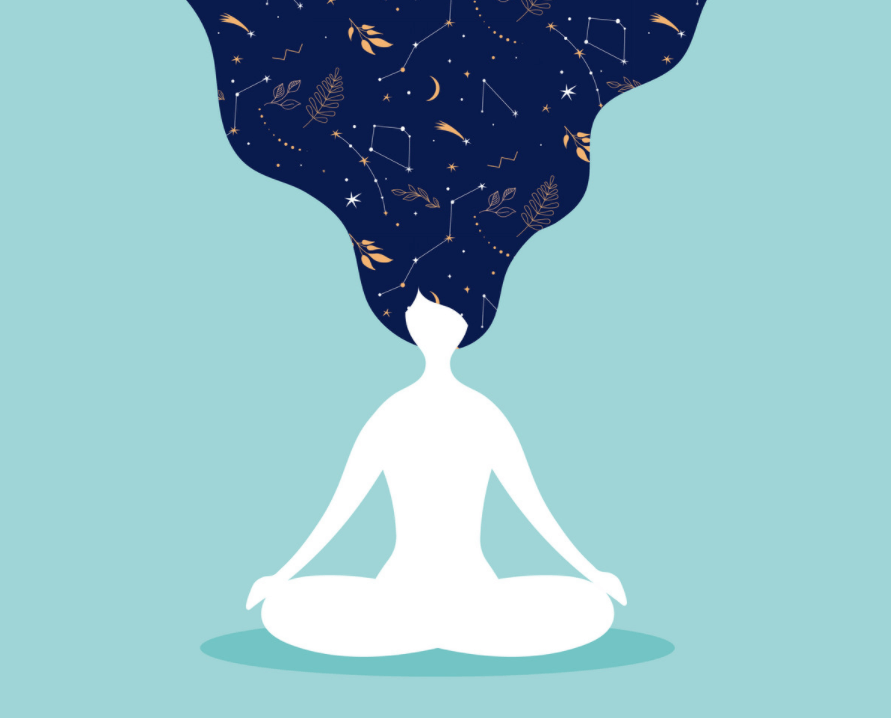
- Sit back and close your eyes.
- Inhale through the nose and exhale through the mouth and focus on your breathing.
- Ignore any disturbing thoughts or feelings that come to mind while meditating. Let your mind be free of any thoughts and feelings.
- Try to do this exercise during your daily activities as well, that is, focus on your breathing while working.
Loving-Kindness Meditation (Metta Meditation)
The word “meta” in Sanskrit means love, kindness, and benevolence. This type of meditation is very effective for those who are depressed or have sudden attacks of anger and anxiety. Here’s how to do metta meditation:
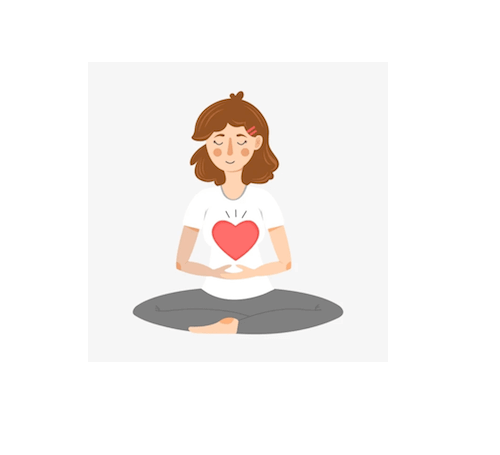
- Sit down and close your eyes.
- Direct thoughts that are full of love and kindness.
- After you have done this exercise several times and become skilled, choose a friend or acquaintance in your mind and direct love and kindness to him.
- In the practice of the next few days, choose someone in your mind with whom you are not very close.
- In the next exercise, direct love and kindness to someone you do not like.
- With practice and repetition, you will reach the point where you will send love, kindness, and benevolence to all the people of the world. As a result, your negative emotions, anger, and depression will disappear.
Chakra Meditation
“Chakra” in Sanskrit means wheel or plate that causes energy to flow in the body. There are seven chakras in the body, starting at the bottom of the spine and continuing to the head. Each chakra works by the nerves and major organs of the body. The purpose of this type of meditation is to open the chakras and regulate their activity. Each chakra in the body is identified by a specific color. The method of doing chakra meditation is as follows:

- Sit comfortably on all fours on a pillow.
- Breathe slowly.
- Close your eyes and imagine in your mind the red wheel (or other wheels in other colors according to the picture above) that gives you energy. Whatever color you imagine, the activity of the chakra of the same color is regulated.
- Make time for each chakra in each exercise and repeat this exercise.
Trataka Meditation
This type of meditation is influenced by Hatha Yoga, which is performed by staring at a foreign body and contributes greatly to spiritual progress. Here’s how to do it:
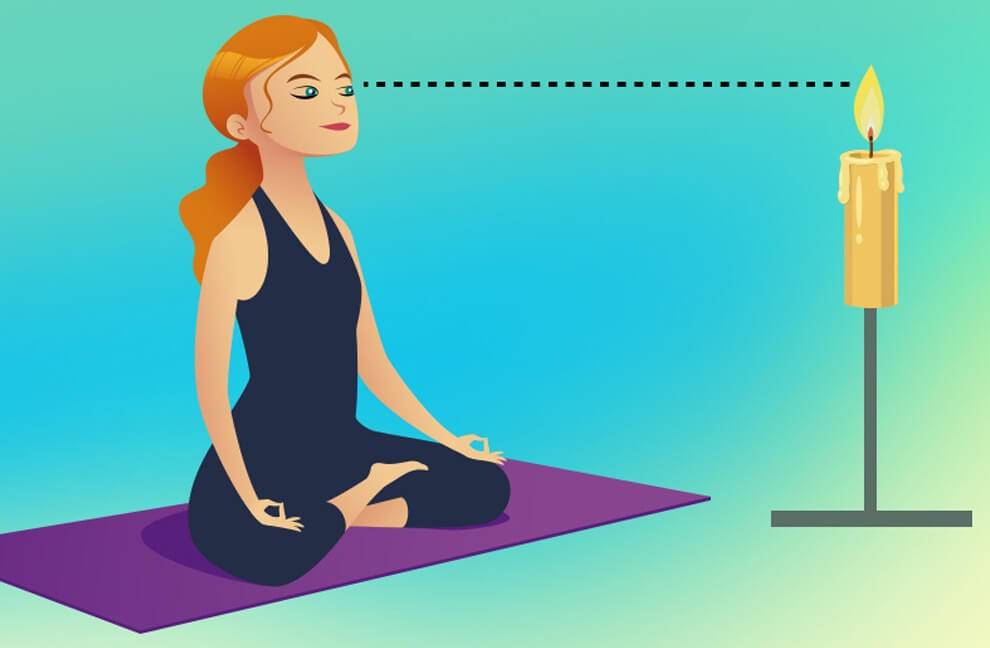
- Sit comfortably and stare at a foreign object such as a candle or a special symbol. Try not to blink as much as you can.
- Focus on the object in front of you until you blink. In this case, close your eyes.
- Now imagine for a few minutes the image of the object you were looking at. Then open your eyes and stare at the object again. Repeat this process several times.
Third Eye Meditation
This type of meditation is derived from chakra meditation, with the difference that in chakra meditation, all the chakras are considered, but in the third eye meditation, only the upper chakra between the eyebrows is considered. The method of doing this meditation is as follows:

- Sit on all fours and focus on the point between the eyebrows.
- Each time you get distracted, try to focus on that point again.
- By practicing and repeating this exercise, you will find that little by little your mind becomes calm and free of any disturbing thoughts.
- You can also do this exercise with your eyes closed.
Kundalini Meditation
Kundalini meditation is a powerful practice that can help you tap into your inner energy and unlock your full potential. This type of meditation has been practiced for centuries and has its roots in ancient Indian culture. With a focus on breath work, movement, and diet, Kundalini meditation helps you awaken the dormant energy that resides at the base of your spine, allowing it to rise up through your body and reach the crown of your head. By following the specific techniques and movements, you can experience a deeper sense of awareness, improved physical health, and a stronger connection to your true self. Give Kundalini meditation a try and see the positive effects it can have on your life.
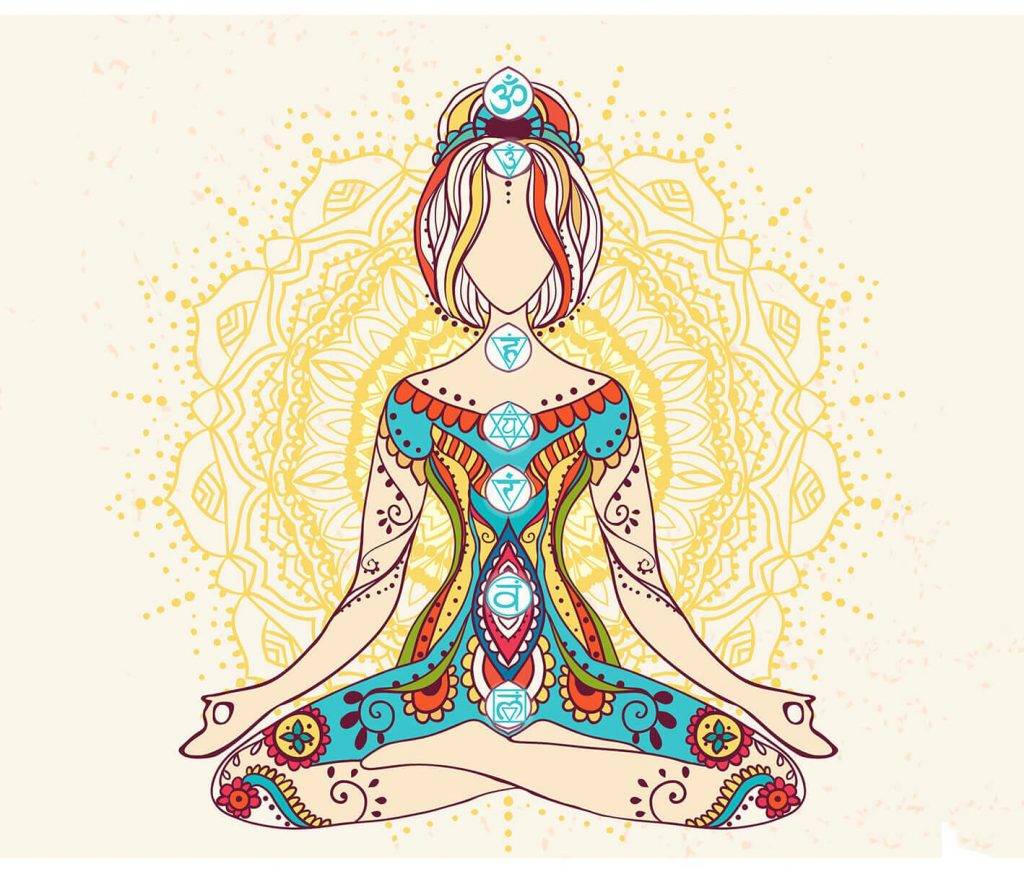
- Sit comfortably, close the hole to the left of your nose and breathe. Then close your right nostril and breathe.
- As you breathe, try not to think about anything else.
Types of meditation with teacher and meditation without a teacher
Types of meditation in terms of having a teacher are divided into 2 types with or without a teacher.
Usually choosing between meditation with a teacher or instructor and the necessary guidance of an experienced person and meditation without a teacher is the first step in entering the world of meditation.
In meditation with a teacher, an experienced instructor will guide you to do the exercises more practically and always have the motivation to participate in the next exercises. This type of meditation is much more effective for all people, especially beginners, than teacher-free meditation.
In teacherless meditation, silent meditation, or solitary meditation, you meditate alone without anyone explaining the process. In this meditation, some people sit in a quiet place and pay attention to the body and mind for a certain time, and for others, this type of meditation is the use of techniques that they have already learned in meditation with the teacher.
Concluding remarks
Discover the various types of meditation to help you achieve a peaceful state of mind and body. Whether you’re new to meditation or looking to expand your practice, we have you covered. From mindfulness meditation to Kundalini and Chakra meditation, each type offers unique benefits and techniques to help you find inner peace and relaxation. With regular practice, you can cultivate a sense of calm and improve your overall well-being. Explore the different types of meditation and find the one that works best for you.
There are many types of meditation, including mindfulness meditation, Transcendental Meditation, Zen meditation, loving-kindness meditation, and more. Each type has its unique focus and techniques.
Regular meditation practice can have many benefits, including reduced stress and anxiety, improved focus and concentration, better sleep, increased self-awareness, and more.
There is no set rule for how often you should meditate, but daily practice is recommended for the best results. Even a few minutes of meditation each day can make a difference in your mental and physical well-being.
Anyone can meditate, regardless of their spiritual or religious beliefs. Meditation is a practice that can benefit people of all backgrounds and lifestyles.
To get started with meditation, find a quiet and comfortable place to sit or lie down. Focus on your breath or a mantra, and try to let go of any distracting thoughts. You can also try guided meditations or classes to learn more about different techniques.


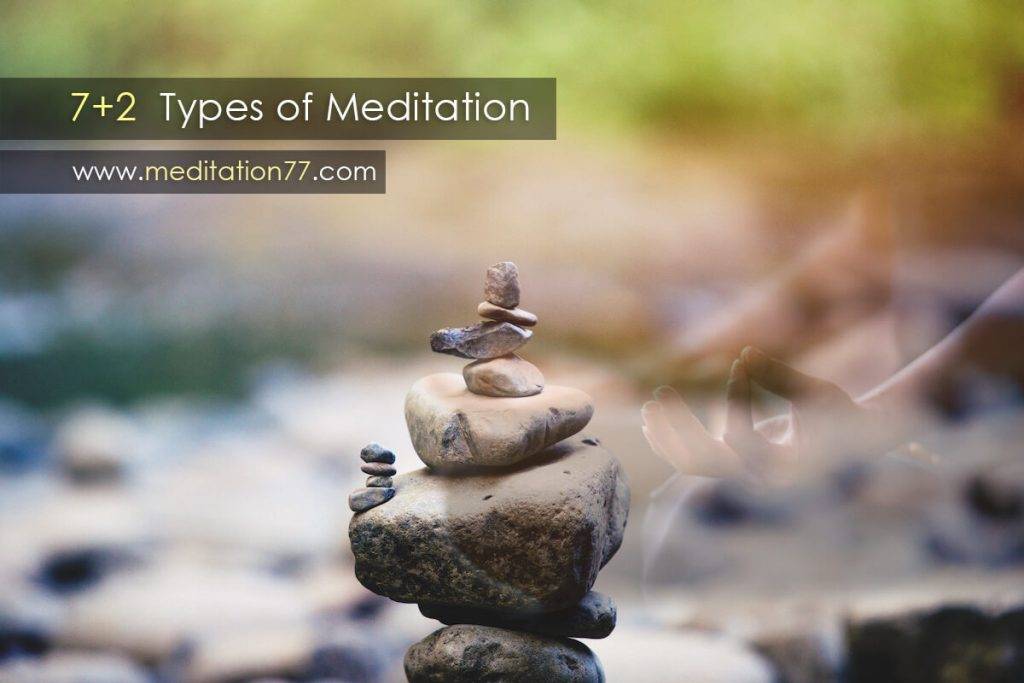
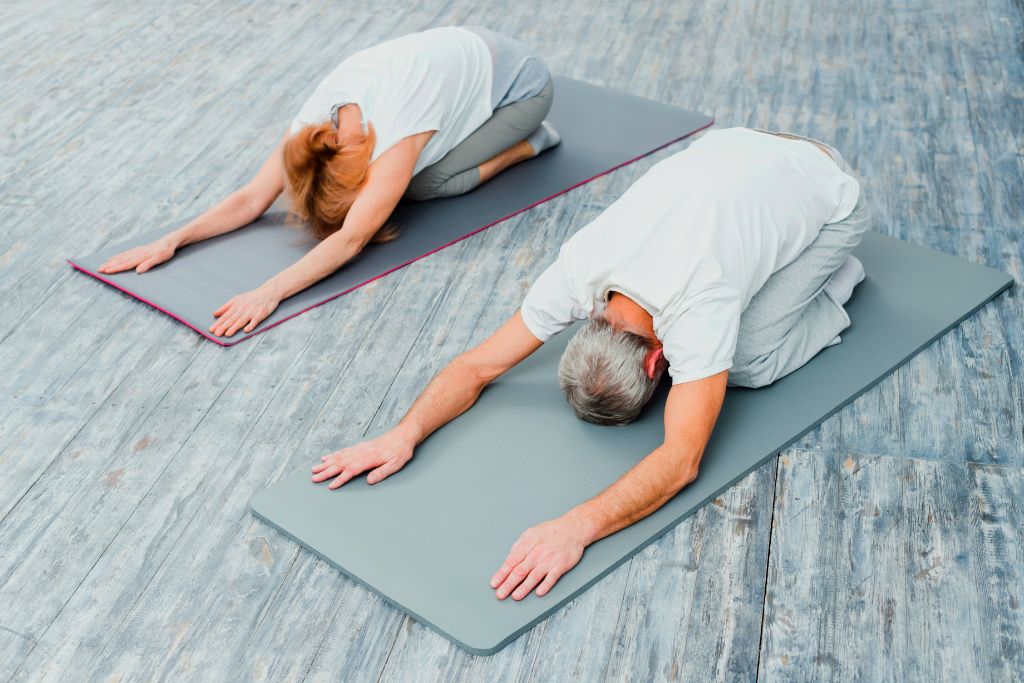



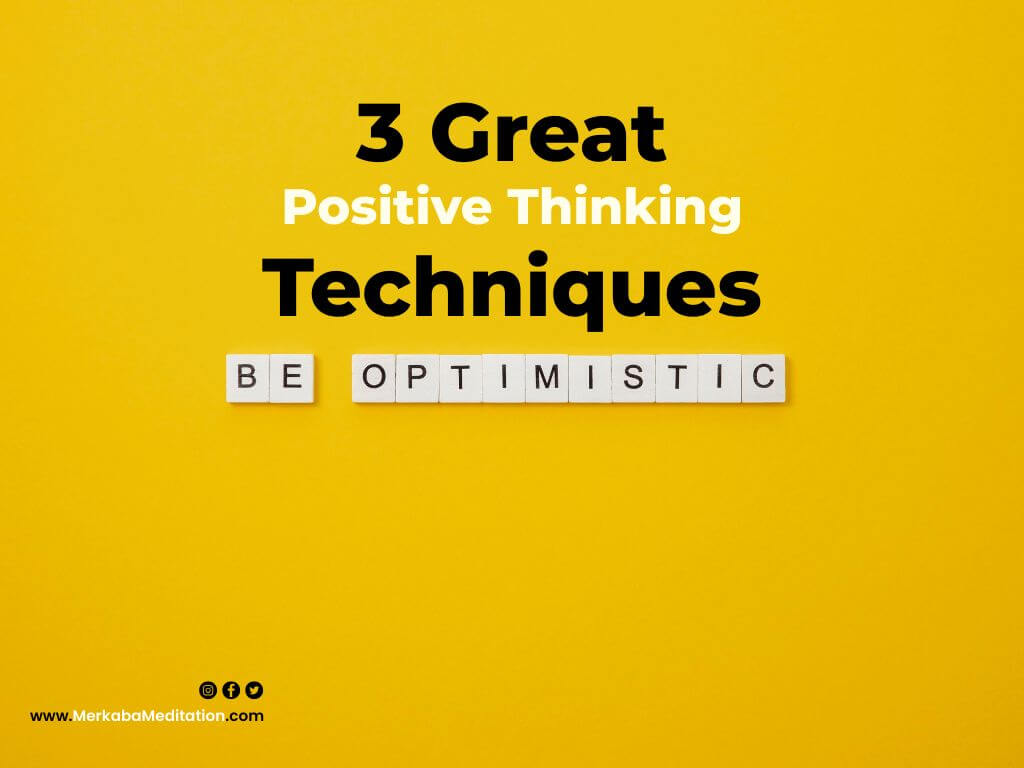



2 Comments. Leave new
Your meditation resources have helped me sleep better. Can’t thank you enough!
It warms our hearts to hear that we’ve contributed to better sleep for you. Sweet dreams and a big thank you!